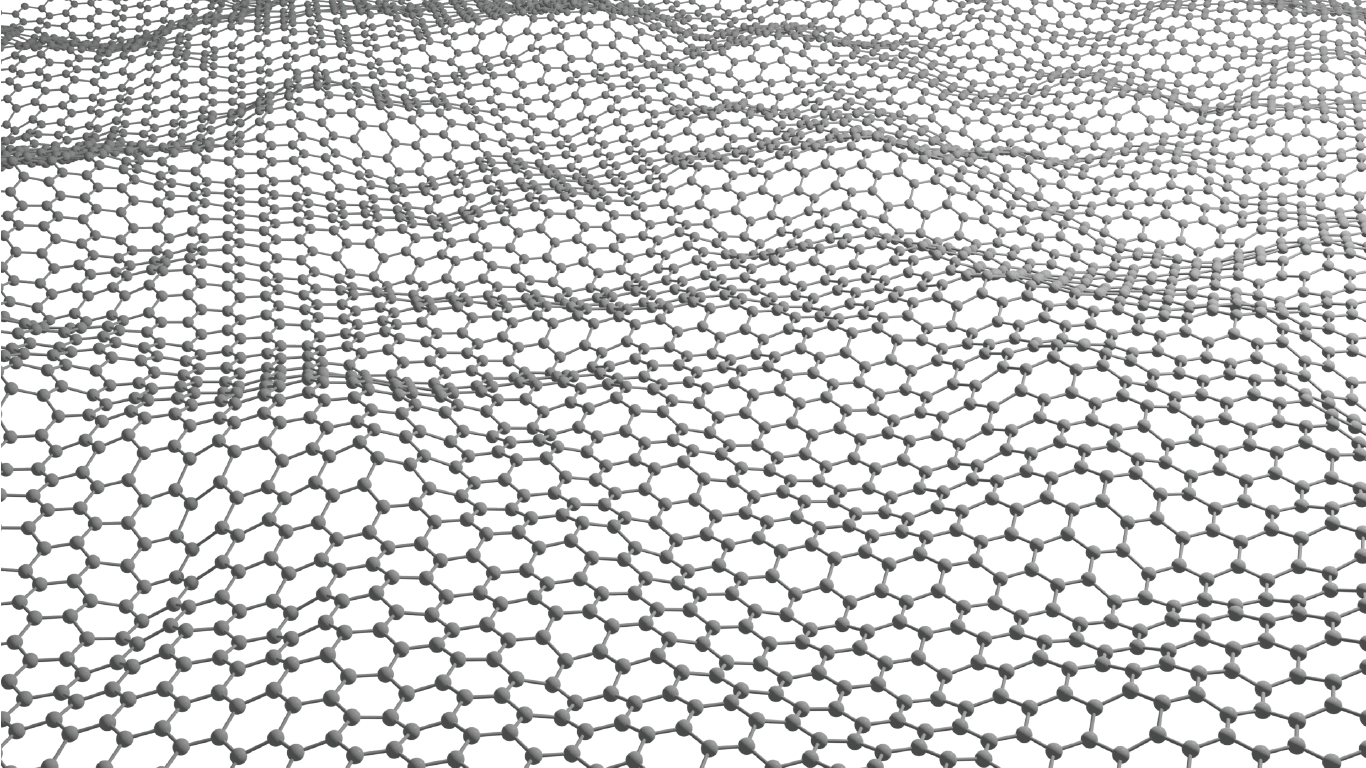Engineering materials for energy-efficient separations

Our lab
focuses on developing energy-efficient membranes and unravelling the intricate molecular transport mechanisms within them. Leveraging our expertise in materials science and chemical engineering, we manipulate materials across various scales—from the atomic level, where we finely tune membrane-molecule interactions, to the macroscopic level, where we process materials into ultrathin, highly selective films. We hold a special interest in two-dimensional materials, like graphene and hexagonal boron nitride, that can generate membranes with an unparalleled thinness of a single atom. Moreover, we explore nanoporous materials such as covalent and metal-organic frameworks for their outstanding tunability, along with a broad range of functional polymers that hold potential for large-scale membrane production.
Our motivation
is twofold. First, we aim to improve the energy efficiency of industrial separations through advanced membrane technologies, reducing costs and supporting energy conservation across key sectors. Second, we work to strengthen the circular economy for critical resources—such as water, metals, rare earth elements, nutrients, and oil derivatives—by improving recovery from both traditional and unconventional sources. This supports domestic supply chains, reduces environmental burdens in disadvantaged communities, and builds a more resilient and inclusive resource infrastructure.












